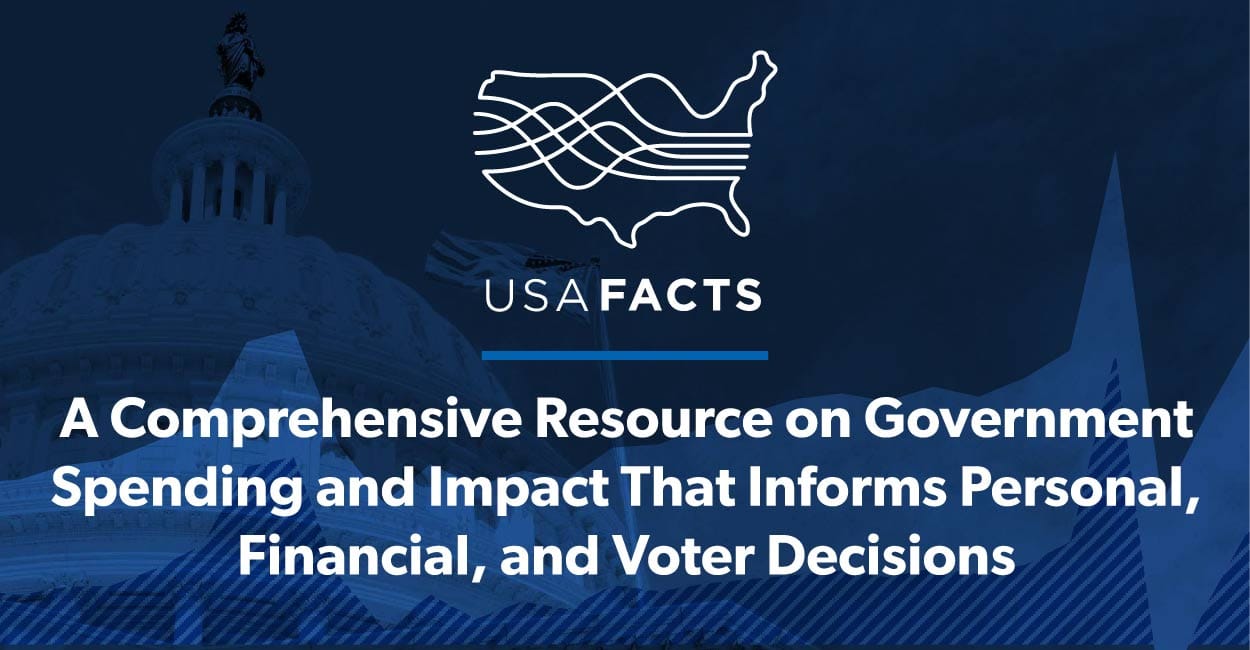
25 states added jobs in June
The US added 850,000 new jobs in June, bringing total employment to 145.8 million. The leisure and hospitality industry was the largest contributor to job growth. Government had the second-most growth, with the majority of it stemming from public education. USAFacts tracks the job gains in this report.
- June earnings were the highest inflation-adjusted average since the first time they were tracked in 2006, reaching $30.40 an hour. This total surpasses the earnings in May by 10 cents.
- Nearly 30% of states have a larger labor force than before the pandemic, with states such as South Dakota and Nebraska reporting lower unemployment rates than before the pandemic.
- Over 40% of new jobs in June originated from leisure and hospitality sector.
- Connecticut and New Mexico have the highest unemployment rates at 7.9%, while Utah reported an unemployment rate of just 2.7%.
Learn more about your state’s unemployment rate in June right here. |
|
Vaccinations and COVID-19 hotspots
New coronavirus cases per 100,000 people increased 300% from the week ending June 18 to the week ending July 21. The Delta variant, the most common strain of COVID-19 in the US, has increased cases to levels similar to late April 2021. USAFacts has ongoing updates about national virus hotspots, including:
- Every state except Nebraska, which stopped reporting cases in June, reported an increase in cases between June and July.
|
|
- Missouri, Arkansas, Florida, and Louisiana account for 30% of the nation's total COVID-19 cases.
- Despite the uptick in cases, deaths tolls are similar to early July, the lowest levels of the pandemic.
- Since the beginning of the pandemic there have been 33.5 million COVID-19 cases nationwide, causing 603,069 deaths since the start of 2020.
Curious about how COVID-19 cases in your state compare to the rest of the US? Click here to learn more about hotspots and vaccination rates.
|
|
| Data ahead of Black Women's Equal Pay Day For over 40 years, more women have earned an income than men, but their income still falls $14,900 short of that of the average man. Although this gap has decreased from $17,300 in 1953, unequal compensation persists in the American workforce, and the gap worsens when accounting for race. With Black Women’s Equal Pay Day coming up on August 3, here's a look at data on pay, race, and gender. - Between men and women of the same racial and ethnic group, Black women earned the closest to their male counterparts, falling $7,000 short of Black men.
|
|
- Overall compensation for women relative to men is the most equal in healthcare support at 94 cents on the dollar. Legal positions had the greatest disparity, at 55 cents on the dollar.
To learn more about the pay gap between racial, ethnic, and gender groups, follow this link.
One last fact |
|
| Hispanic and Latino Americans report the highest levels of anxiety and depression during the COVID-19 pandemic at a rate of 36%, while Asian Americans report the lowest levels at 25%. Click here for more information on the monthly breakdown on percentages by race |
|







No comments:
Post a Comment